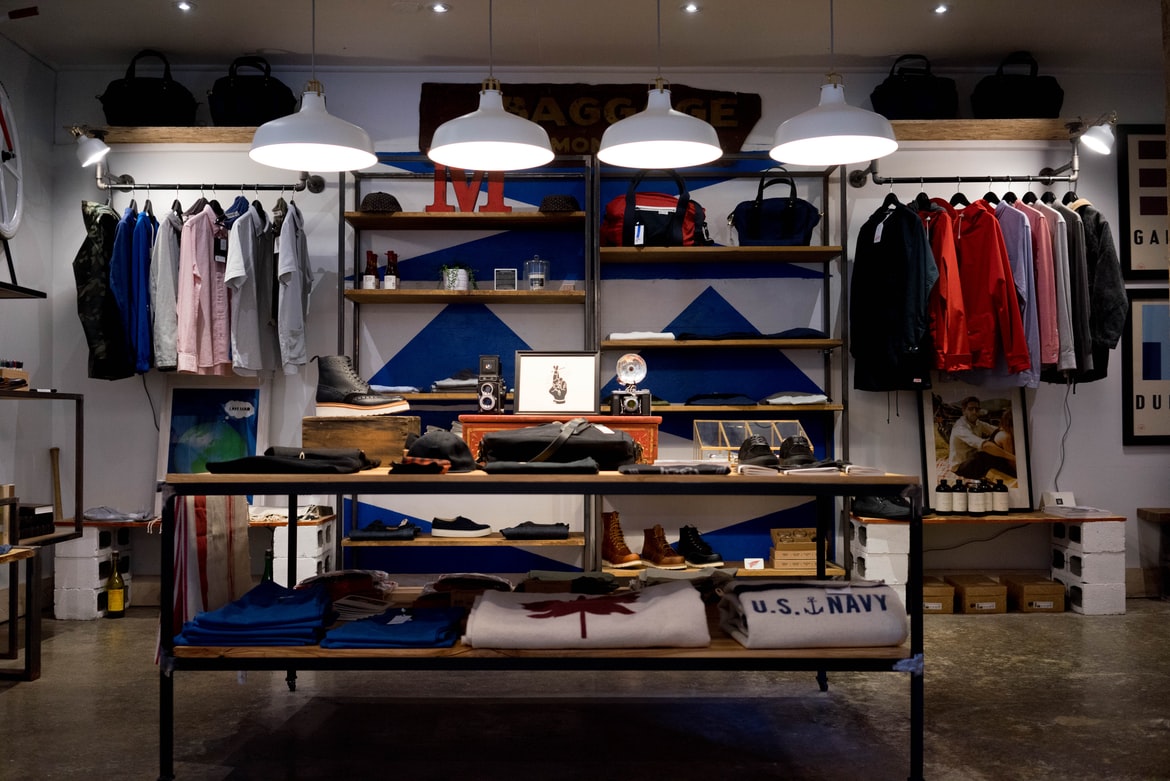Features of lighting trade pavilions

Often, the right lighting in stores becomes one of the key criteria that positively affects the growth of sales. Studying the basics of merchandising, do not forget that it is important not only to correctly display the goods, but also the light falling on them, which can both demonstrate the maximum value of the product and completely ruin everything.
A correct approach to the lighting of retail premises is able to accomplish a lot of tasks: from creating a favorable atmosphere in the store to increasing the attractiveness of products, thanks to the necessary color rendering, which means stimulating sales. In addition, the efficiency of the sellers themselves depends on this factor, which is undoubtedly also very important. When renting a shopping pavilion or a full-fledged building, all the changes you need in the lighting system must be carried out only after agreement with the owner.
Types of lighting systems
There are three basic types, the choice between them is based on the specific features and technical characteristics of the room.
- Background. Responsible for uniform lighting of the store, setting the desired atmosphere. For this, trunk (pendant) and raster lamps are used, which are installed on the ceiling between counters or simply in the central part. They are arranged symmetrically for uniform light flow. Thus, all commercial equipment can be installed in any combination convenient for you.
- Circular. It is used to illuminate counters along the perimeter of the wall, which makes it easier for customers to navigate. To do this, retractable and pendant lighting devices are most often installed in stores.
- Accentuating. Designed to focus attention on a specific group of products on the counter or showcase. For such purposes, LED lighting systems with a reflector or, if necessary, with an adjustment of the direction of illumination, are popular.
Of course, when renting a room for rent, you should not give preference to only one type, the best effect can be achieved by combining them. This will create a uniform background while also highlighting specific areas and product groups.
Key quality indicators:
Efficiency. When selecting, you should pay attention to the quality of the luminous flux (uniformity and sufficient level of illumination), correct color rendering (maximum naturalness when displaying the color gamut of goods) and color temperature.
Profitability. Low maintenance costs of the lighting system (replacement of components, disposal) and low energy consumption. Best of all, this indicator is matched by LED devices, which save about 60% of energy costs. For the rest, start from the individual characteristics of the retail space.